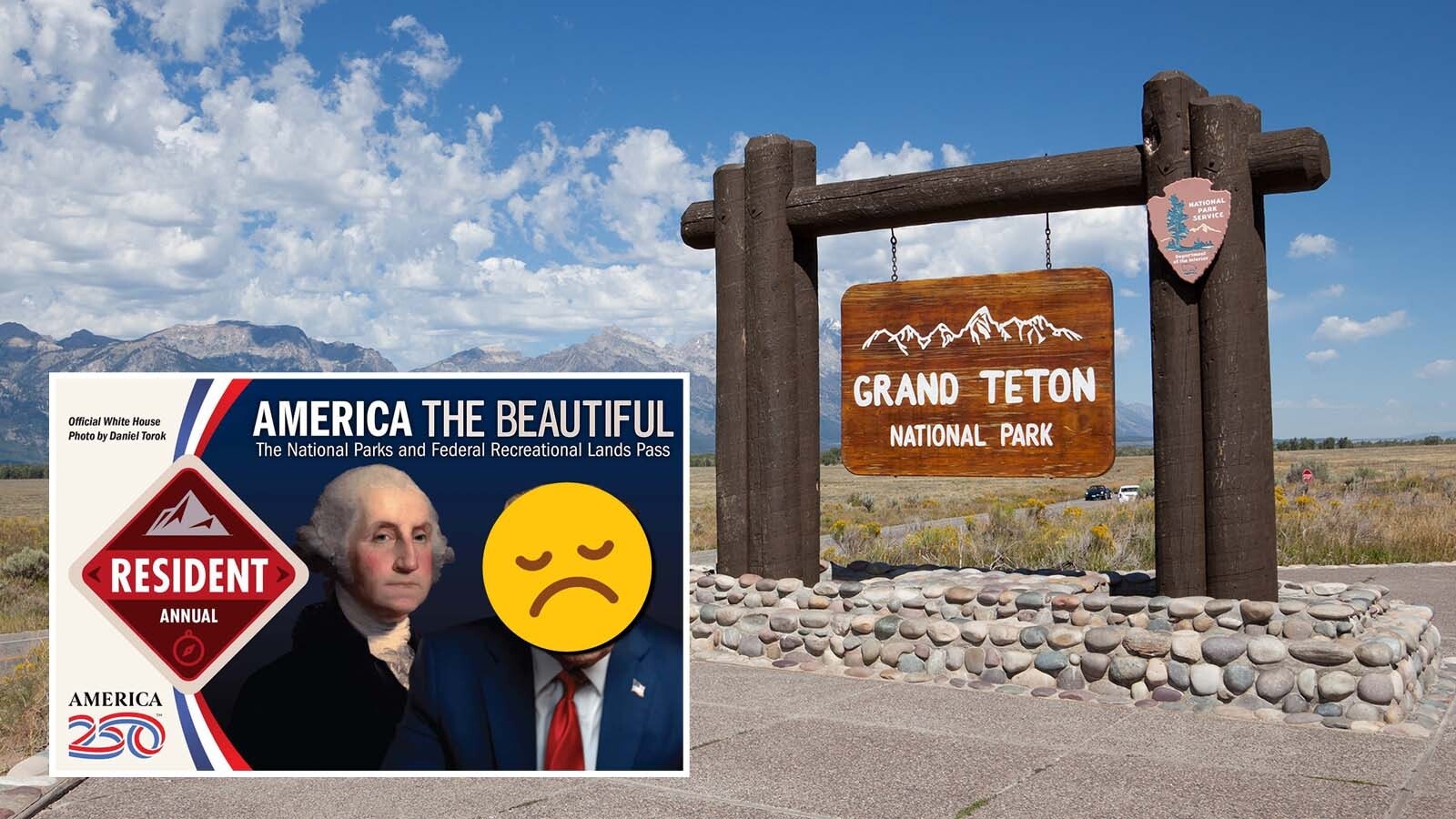Going just by the numbers, the grizzly population in the Greater Yellowstone Ecosystem is more than double the 500 bears designated as “recovered,” a top bear biologist told the Wyoming Game and Fish Commission on Tuesday.
The Wyoming Game and Fish Department is waiting to hear back from the U.S. Fish and Wildlife Service whether a petition to delist the grizzlies from federal protection will move forward. If grizzlies are delisted, Game and Fish has plans in place to open hunting seasons for them.
An answer might come within month or so, large carnivore specialist Dan Thompson told the commission.
More Than 1,000 Bears
Grizzlies in Wyoming, Montana and Idaho were delisted twice before, from 2007-2009, and 2017-2018.
Despite the bears being relisted both times, grizzly management and recovery is a resounding success, Thompson said. There are an estimated 1,002 grizzlies Greater Yellowstone Ecosystem (GYE).
When recovery efforts began in the 1970s and 80s, the minimum population goal was set at 500 grizzlies. There’s been at least that many bears in the GYE since the 1990s, Thompson said.
Maximum carrying capacity for grizzlies has been reached or exceeded in many areas throughout the ecosystem, he said. An ideal population of bears might be about 800-950.
It’s been a busy spring and summer so far for grizzlies, Thompson added. In the Dubois area alone, a dozen bears have been captured and examined by biologists for monitoring purposes.
Flattened Trajectory
Early in Yellowstone National Park’s history, grizzlies were allowed to eat at garbage dumps, so crowds could gather to gawk at them, Thompson said.
But the park later banned hand-feeding bears. As human-provided food sources were eliminated, many bears that had become dependent upon them died.
But in the early 1980s, the GYE grizzly population had hit a low point of about only 150 bears, Thompson said. Throughout the next decade, the population grew rapidly, and then started to level off by the mid-2000s.
Grizzlies were previously delisted partly because of concern over the diminishing availability of white bark pine nuts. Those were previously an abundant source of high-calorie food for bears trying to fatten up for winter.
But grizzlies have proven to be adaptable, Thompson said.
Army cutworm moths migrating from the Midwest will often rest high above timberline in Wyoming’s mountains, particularly the Absaroka Range.
The moths feed on nectar from alpine flowers, and then take shelter under rocks, absorbing the heat from the rocks, he said.
Grizzlies have figured out how to climb up into the mountains, flip over the rocks and feast upon the protein-rich moths.
The Absaroka Range might draw as many as 200 to 220 grizzles seeking to gorge on moths, Thompson said.
Worries Over Conflicts
As the grizzly population grows and moves into new areas, avoiding conflicts with people in an ongoing concern, Thompson said.
Game and Fish promotes “bear aware” training seminars all over Wyoming, which have already reached thousands of people, he said.
The seminars teach people about such things as how to use bear spray to stop an aggressive grizzly, or the importance of keeping pet food or other tasty temptations securely stored where bears can’t get to it.
And once confined mostly to the mountains and thick forests, grizzlies are starting to move into the open lowlands in some places, Thompson said.
“We have bears in cornfields,” he said. “We’re working with a producer to fence off a corn maze for safety.”
Mark Heinz can be reached at Mark@CowboyStateDaily.com





